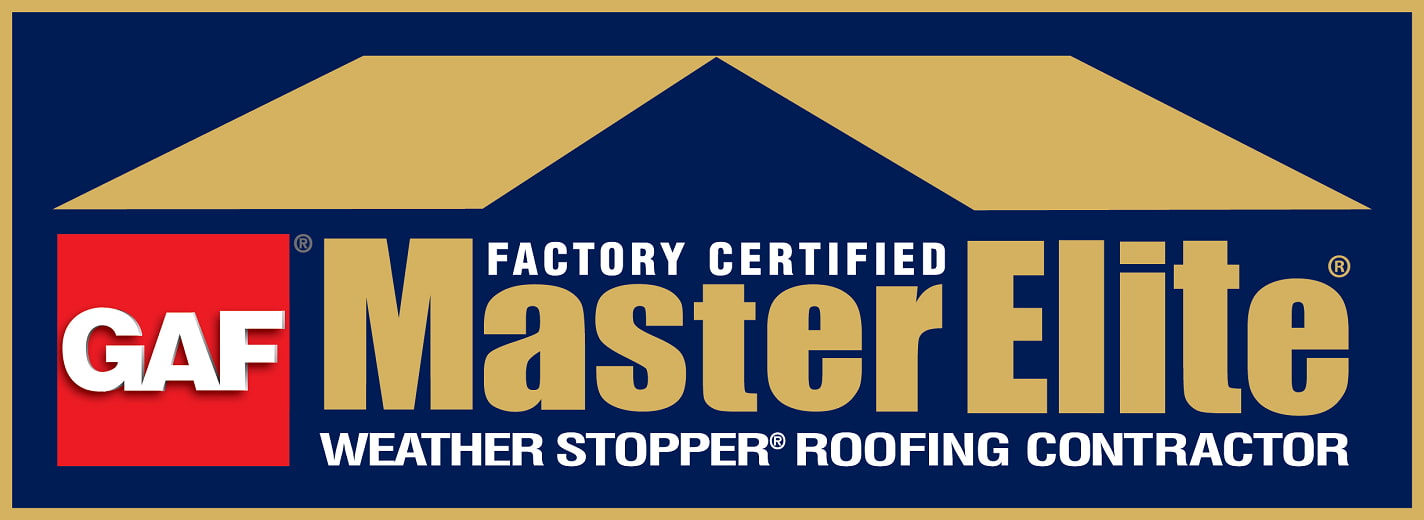ADDRESSING MOISTURE DAMAGE IN CATHEDRAL CEILINGS
This case study examines the challenges faced by Gutter and Roof Solutions NW when encountering moisture damage in cathedral ceilings. By identifying the root cause and implementing effective solutions, Gutter and Roof Solutions NW successfully mitigated moisture damage and ensured the longevity of roof structures.
Insulation in cathedral ceilings often comes into direct contact with the plywood decking, inhibiting proper airflow and leading to moisture buildup. This condensation compromises the integrity of the plywood decking, resulting in severe damage that must be addressed during roof replacements.
Gutter and Roof Solutions NW adopted a systematic approach to mitigate moisture damage in cathedral ceilings:
Conducting comprehensive inspections to assess the extent of moisture damage.
ventilation solutions.
between insulation and plywood decking.
key factors contributing to moisture damage in cathedral ceilings:
The lack of airflow between insulation and plywood decking prevents proper ventilation, leading to condensation and moisture buildup.
Insulation directly touching the plywood decking exacerbates moisture retention, accelerating the deterioration of the roofing structure.
and Roof Solutions NW implemented the following solutions:
Removing severely damaged plywood decking affected by moisture buildup.
Installing baffles above the insulation to create a 1" air gap between the insulation and plywood decking, allowing for proper airflow.
Installing new plywood decking to restore structural integrity before installing the new roof.
By implementing these solutions, Gutter and Roof Solutions NW achieved the following results:
By addressing the root cause of moisture buildup, Gutter and Roof Solutions NW successfully mitigated moisture damage to the plywood decking.
Installing baffles created adequate airflow, preventing condensation and enhancing ventilation in cathedral ceilings.ted moisture damage to the plywood decking.
The strategic approach to addressing ventilation issues ensured the longevity and durability of roof structures, reducing the likelihood of future moisture-related damage.
In conclusion, addressing moisture damage in cathedral ceilings during roofing projects requires a comprehensive understanding of ventilation principles and strategic implementation of solutions. Gutter and Roof Solutions NW's success in mitigating moisture damage underscores the importance of proactive measures in ensuring the longevity and durability of roof structures.




 (866) 271-1757
(866) 271-1757

